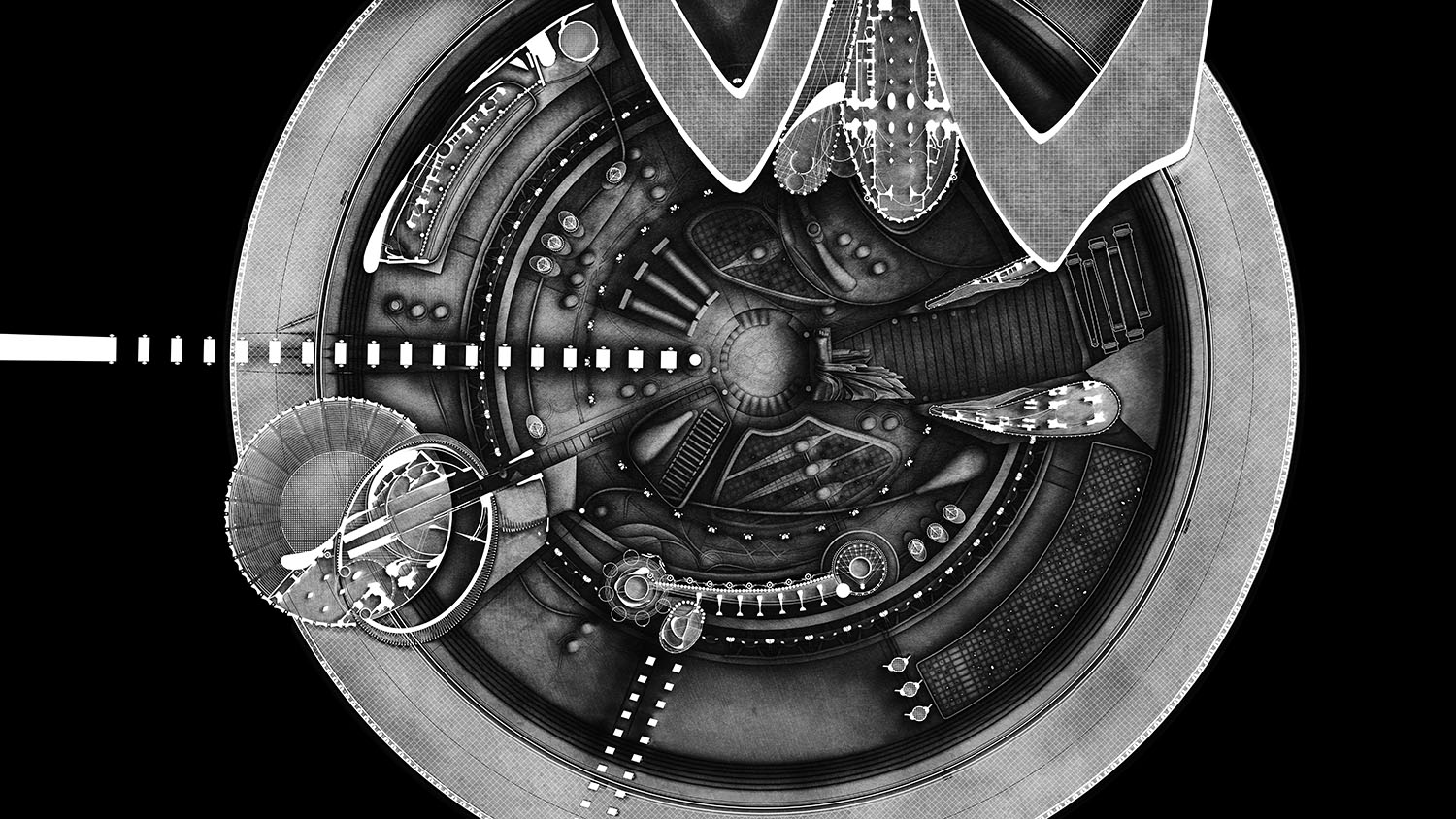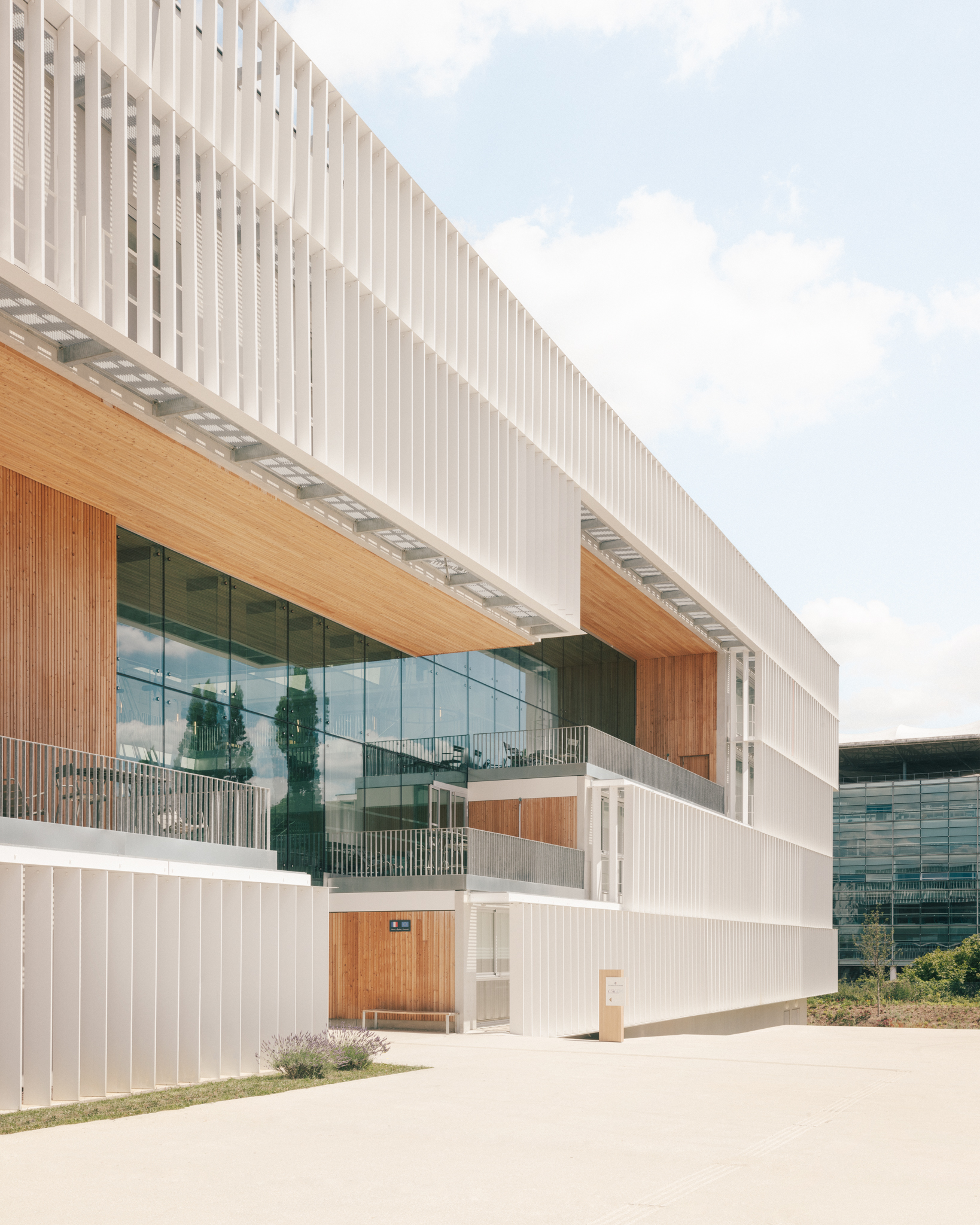Last chance: The 14th Architizer A+Awards celebrates architecture's new era of craft. Apply for publication online and in print by submitting your projects before the Final Entry Deadline on January 30th!
Alison Brooks Architects (ABA), a London-based architecture studio founded in 1996, recently announced the launch of their new research-led Computational Design Group, aiming to ‘push the boundaries of computational design, visualization, and AI’ while also providing invaluable training for their team. The practice, which won the Jury Vote in the Best Medium Firm category at the 12th Annual A+Awards, is well-known for its innovation and technical excellence in architectural projects, which range from large residential works to small installations, educational buildings and even master planning:
“Alison Brooks sees architecture as both an enabling social art and a creative cultural dialogue offering new forms of civic identity.”
What stands, however, as the most “hopeful” scenario following the practice’s new endeavor is creating a potential synergy between architecture and social impact and architecture and technology. The (anticipated) uniqueness behind this new group lies in the studio’s already established and powerful approach toward architecture: one that looks at computational design, AI software and new visualization techniques as a set of tools that can be used in a plethora of different ways, rather than a new “ground zero” for the architectural profession.
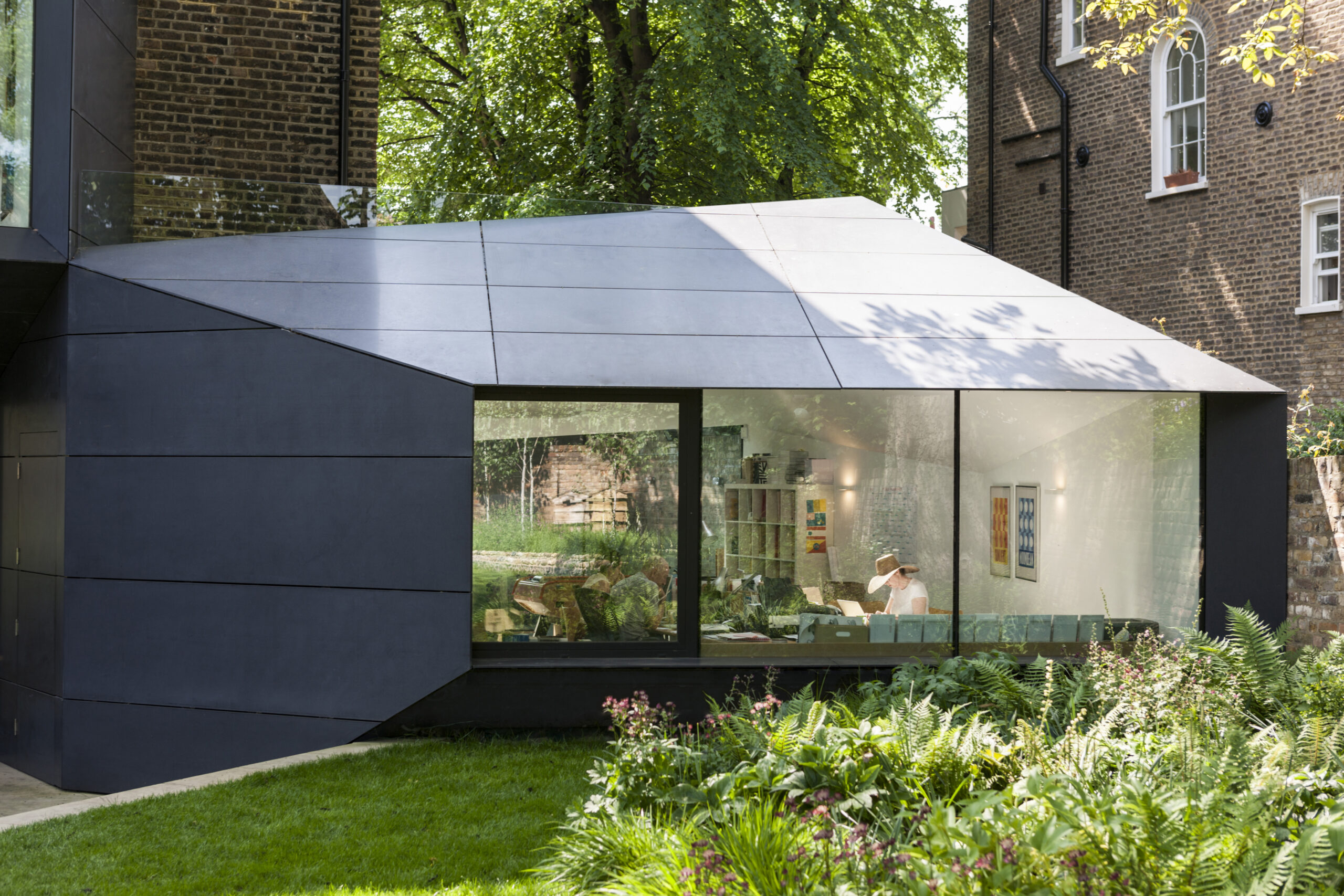
Lens House by Alison Brooks Architects, London, United Kingdom
ZHACODE is Zaha Hadid Architect’s (ZHA) already established computation and design research group, actively operating since 2007. Co-founder Shajay Bhooshan explains that, from the start, ZHA were ‘digitally native’, meaning that the design process began within a digital workspace — from ideation to physical implementation — instead of manually digitizing ideated concepts, which is the standard case for most architectural practices. Unsurprisingly, ZHACODE’s research begins with architectural geometry, followed by computational design models, video games as well as robotic fabrication and manufacturing. Some of their research projects include intricately designed pavilions in different materials and contexts, the development of parallel computing algorithms that generate countless iterations at impressive speed and finally a series of experiments in structural optimization practices.
The research group also explored the new possibilities offered by AI and machine learning technology. The project’s aim was to experiment with the DALL-E 2 text-to-image generation, using a private ZHA image archive, in order to produce a series of images for an exhibition titled Architecting the Metaverse, launched in 2022, and investigate ways for custom AI training and algorithmic refinement. During a time when technology was not widely accessible, this virtual “design experiment” propelled architecture to the forefront of innovation. At that moment, construction “giants” and real estate developers took a back seat in the AI boom, allowing design and architecture to become the protagonists of this new chapter in the AEC sector.
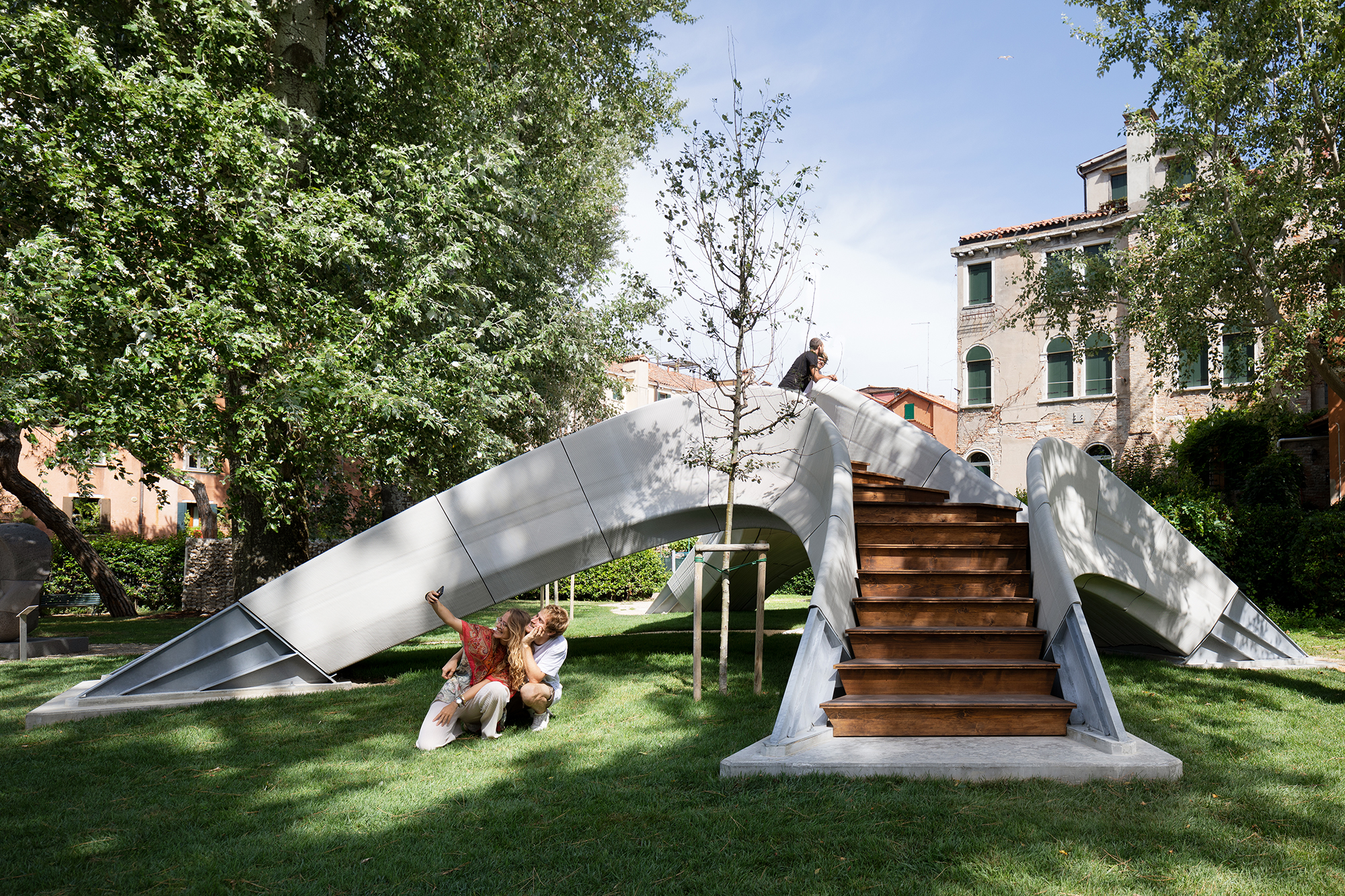
Striatus by Zaha Hadid Architects, Venice, Italy | Jury Winner, 10th Annual A+ Awards, Architecture +Concrete
Setting the two research groups side by side, a couple of conclusions arise, triggering, in turn, a series of questions (and hopes) for the impact of such initiatives. After tracing the origin story of ZHACODE, it is clear that research-led projects hold immense potential and power for architecture as a profession, acting as paradigms for the co-evolution of research and practice.
Beyond allowing architects to tap into their curious and creative potential, project-independent research elevates the design process by addressing broader issues than merely layout options, form, circulation routes and aesthetics — all matters typically associated with “traditional” architectural practice. This approach considers the wider impact a proposal can have on the built environment, emphasizing the importance of including architects in strategic decision-making. Consequently, design research groups are the first in line able to deal with constraints and challenges that arise during the actual implementation of physical projects.
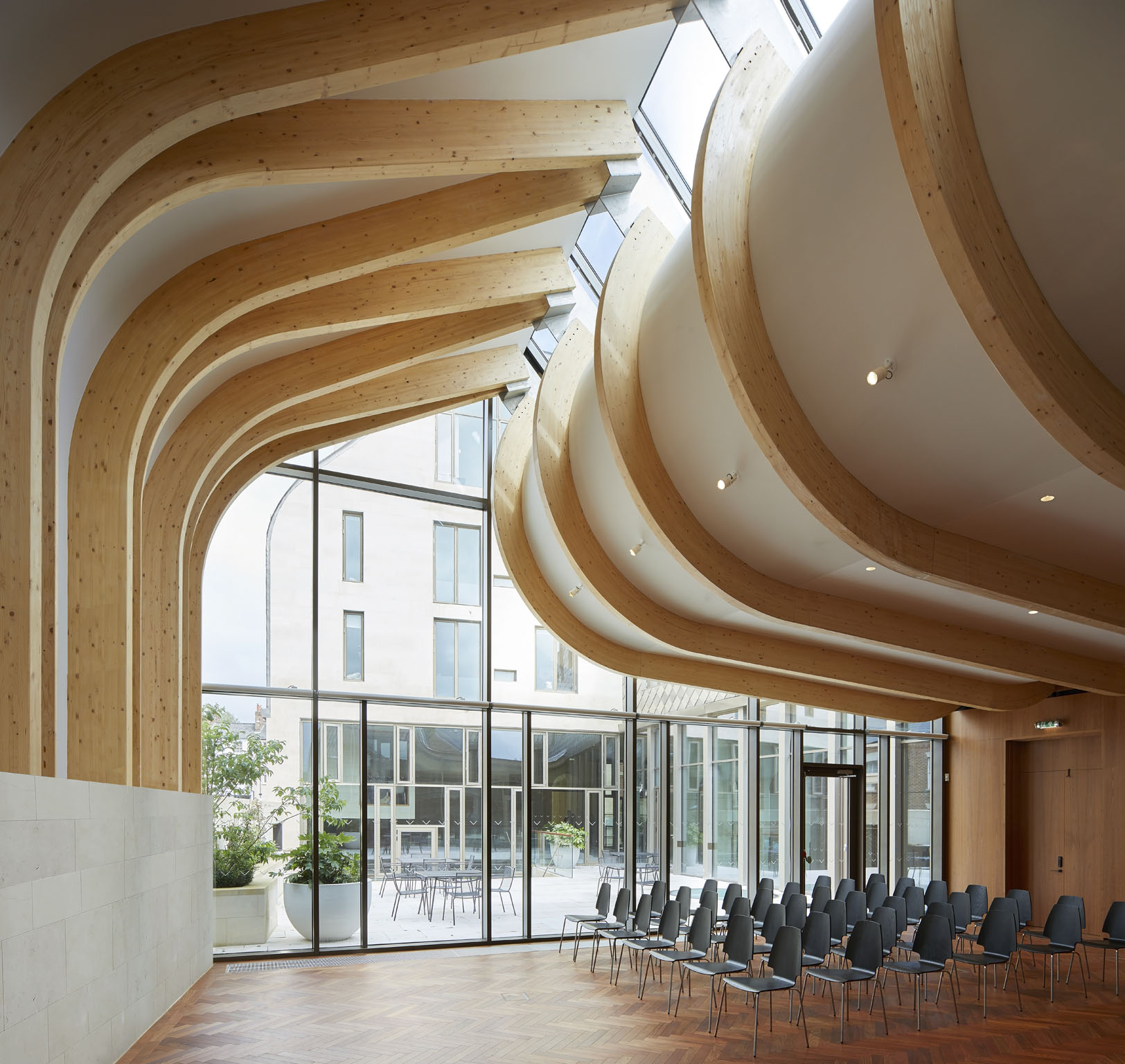
Exeter College Cohen Quad by Alison Brooks Architects, Oxford, United Kingdom
Another exciting observation is that Alison Brookes Architects is widely different from Zaha Hadid Architects, which poses the question, what type of research projects will this new computational design group focus on? ZHACODE has made many breakthroughs when it comes to architectural form through computational design and as a result, ideating and conceptualizing through algorithms has become closely associated with “Hadidian” architectural forms. However, ABA is primarily a social practice, prioritizing civic impact over complex geometries. Mixed functions occupy well-thought designs, historical and contextual sensitivities drive the projects and new, innovative ways of inhabiting space are crucial elements in their compositions.
Could we, then, expect a new twist on how architects use computational design? Could this advancement of ABA’s digital agenda expose new methods and processes that reveal opportunities for trans-disciplinary collaborations that steer technology towards the path for improving forms, materials, fabrication as well as social equity or cultural preservation?
Last chance: The 14th Architizer A+Awards celebrates architecture's new era of craft. Apply for publication online and in print by submitting your projects before the Final Entry Deadline on January 30th!
Featured Image: The Smile by Alison Brooks Architects
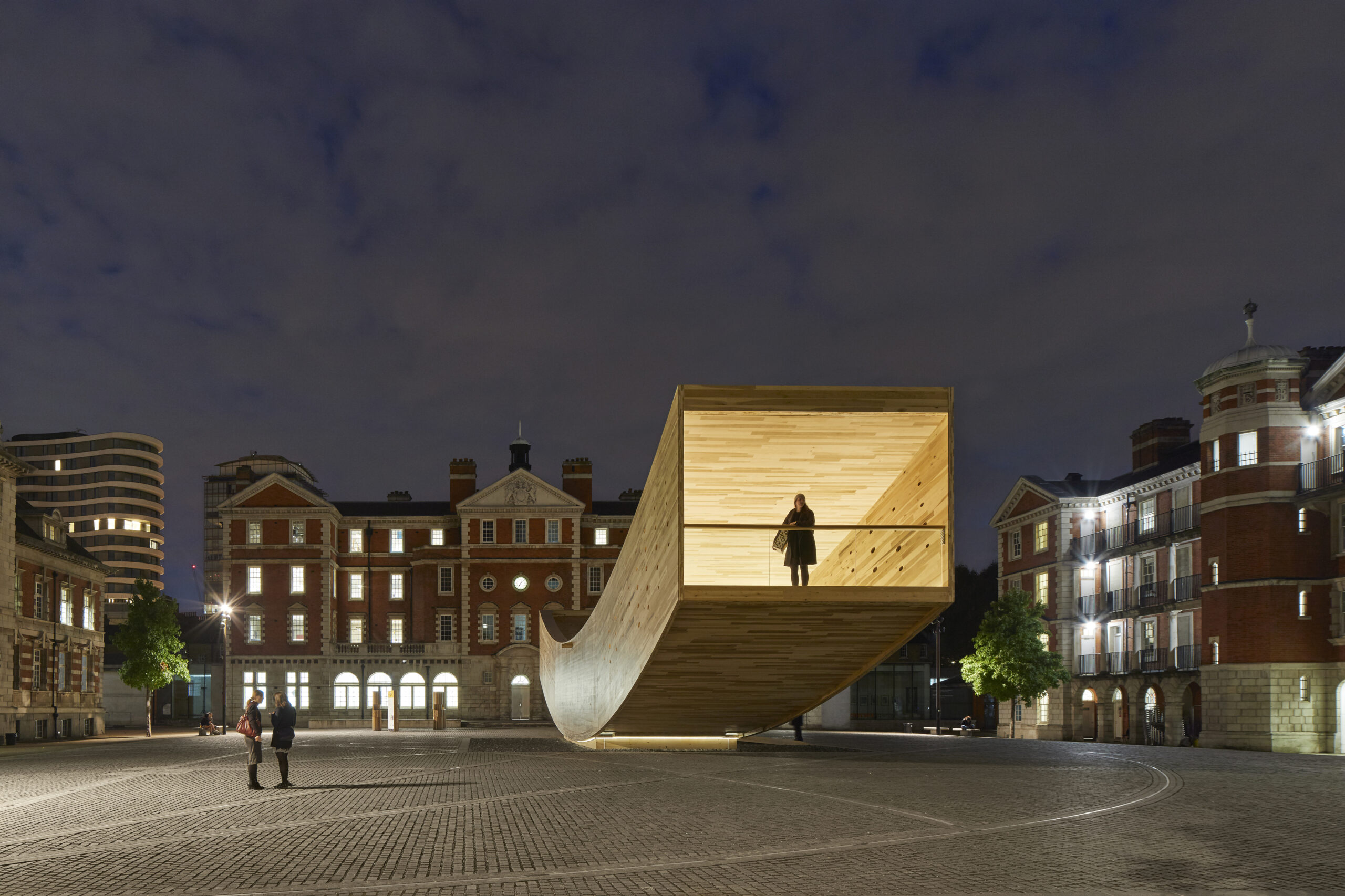
 Lens House
Lens House  The Smile
The Smile 